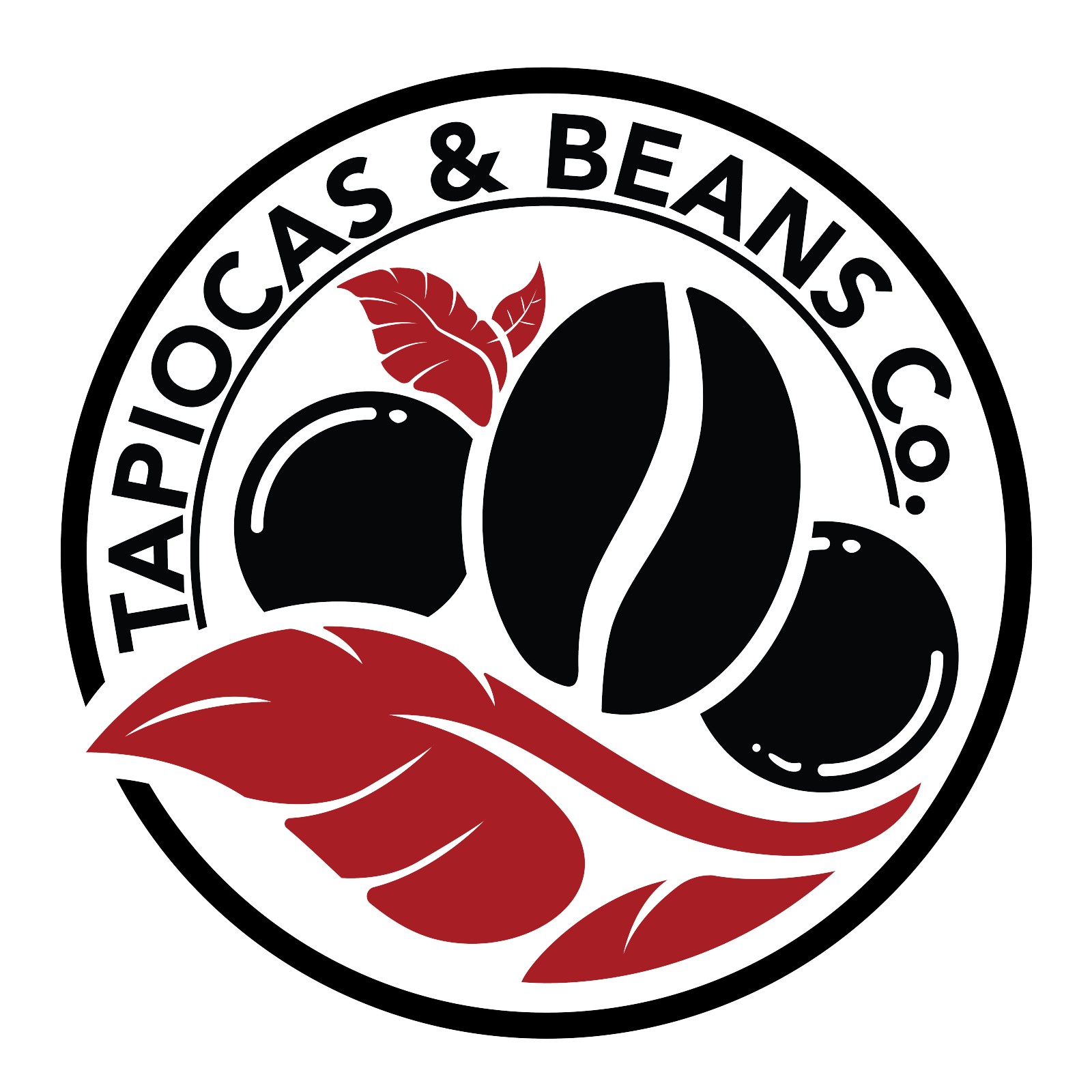I. Introduction
The introduction provides an overview of the training program titled “Soft-Serve Ice Cream/Frozen Yogurt for Business Training Course.” It highlights the historical roots, ingredient selection, machine dispensers, menu innovation, hygiene, and safety standards. The description emphasizes the importance of knowledge and craftsmanship in achieving success in the soft-serve ice cream and frozen yogurt industry.
A. Training Program Title: “Soft-Serve Ice Cream/Frozen Yogurt for Business Training Course”
B. Training Program Description
1. Overview of the course content and objectives
2. Emphasis on historical roots, ingredients, machine dispensers, menu innovation, and hygiene/safety standards
3. Connection between knowledge, craftsmanship, and success in the industry
II. Planning the Business
This section focuses on the significance of strategic planning for a soft-serve ice cream/frozen yogurt business. It covers market analysis, target audience identification, and the development of a comprehensive business plan. Financial projections and effective marketing strategies are also discussed.
A. Importance of strategic planning for a soft-serve ice cream/frozen yogurt business
B. Market analysis and target audience identification
C. Developing a business plan, including financial projections and marketing strategies
III. Introduction to Soft Serve and Frozen Yogurt
Here, the history and definition of soft serve and frozen yogurt are explored. The differentiation between the two products is explained, along with their characteristics such as milk fat content and air content (overrun). This section provides a foundational understanding of these frozen treats.
A. History and Definition
B. Differentiating between Soft Serve and Frozen Yogurt
C. Understanding the characteristics of each product, including milk fat content and air content (overrun)
IV. Different Types of Premixes
The various types of premixes used in soft serve and frozen yogurt production are discussed. This includes powder premix and liquid (UHT) premix. The advantages and considerations for each type are explained, including storage requirements and logistical aspects.
A. Powder Premix
B. Liquid (UHT) Premix
C. Advantages and considerations for each type of premix
V. Guide to Selection of Equipment
Choosing the right soft serve machine is crucial for a successful business. This section provides guidance on selecting the appropriate machine based on factors such as the number of flavors, serving size, servings per minute/hour, and the type of product to be served. Additionally, it covers features to consider, such as gravity type vs. air pump and water-cooled vs. air-cooled machines.
A. Choosing the right Soft Serve machine
B. Factors to consider: number of flavors, serving size, servings per minute/hour, product type, additional features
C. Comparing gravity type vs. air pump and water-cooled vs. air-cooled machines
VI. Identification of Parts and Function
Understanding the different components of a soft serve machine and their functions is essential for proper operation and maintenance. This section familiarizes participants with the parts and their roles, ensuring they can effectively maintain and troubleshoot the equipment.
A. Understanding the components and their roles in a Soft Serve machine
B. Familiarizing with the functions of each part for proper operation and maintenance
VII. Standard Operation Guide
Best practices for operating a soft serve machine are covered in this section. It includes instructions for proper set-up and installation, daily tasks for maintenance, routine cleaning procedures, and recommendations for regular and annual maintenance. The importance of professional repair is also addressed.
A. Best practices for operating a Soft Serve machine
B. Proper set-up and installation procedures
C. Daily tasks and routine maintenance for optimal performance and cleanliness
D. Regular and annual maintenance requirements
E. Professional repair considerations
